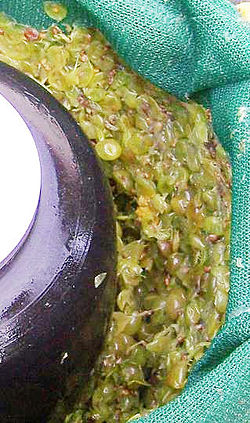
Islamism (Islam+-ism; Arabic: الاسلامية al-'islāmiyya) also Arabic: إسلام سياسي al-Islām al-Siyāsiyy, lit., "Political Islam" is a set of ideologies holding that Islam is not only a religion but also a political system; that modern Muslims must return to the roots of their religion, and unite politically. Another definition for إسلام سياسي which is translated as Islamism suggests a different concept. As accepted by a large group of Shia muslims (for example in Iran), إسلام سياسي is 'to know Islam as the right ethical system which must be the core of ethics in politics'. Therefore, if we assume Islamism is إسلام سياسي, then the suggested definition is not accepted by a large group of Muslims and if we want to give the Shia version another name (such as Political Islam), then the general term إسلام سياسي should not be used as the equivalent to Islamism.
Islamism is a controversial term and definitions of it sometimes vary. Leading Islamist thinkers emphasized the enforcement of
sharia (Islamic law) on Muslims; of
pan-Islamic political unity; and of the elimination of non-Muslim, particularly
western military, economic, political, social, or cultural influences in the
Muslim world, which they believe to be incompatible with Islam.












